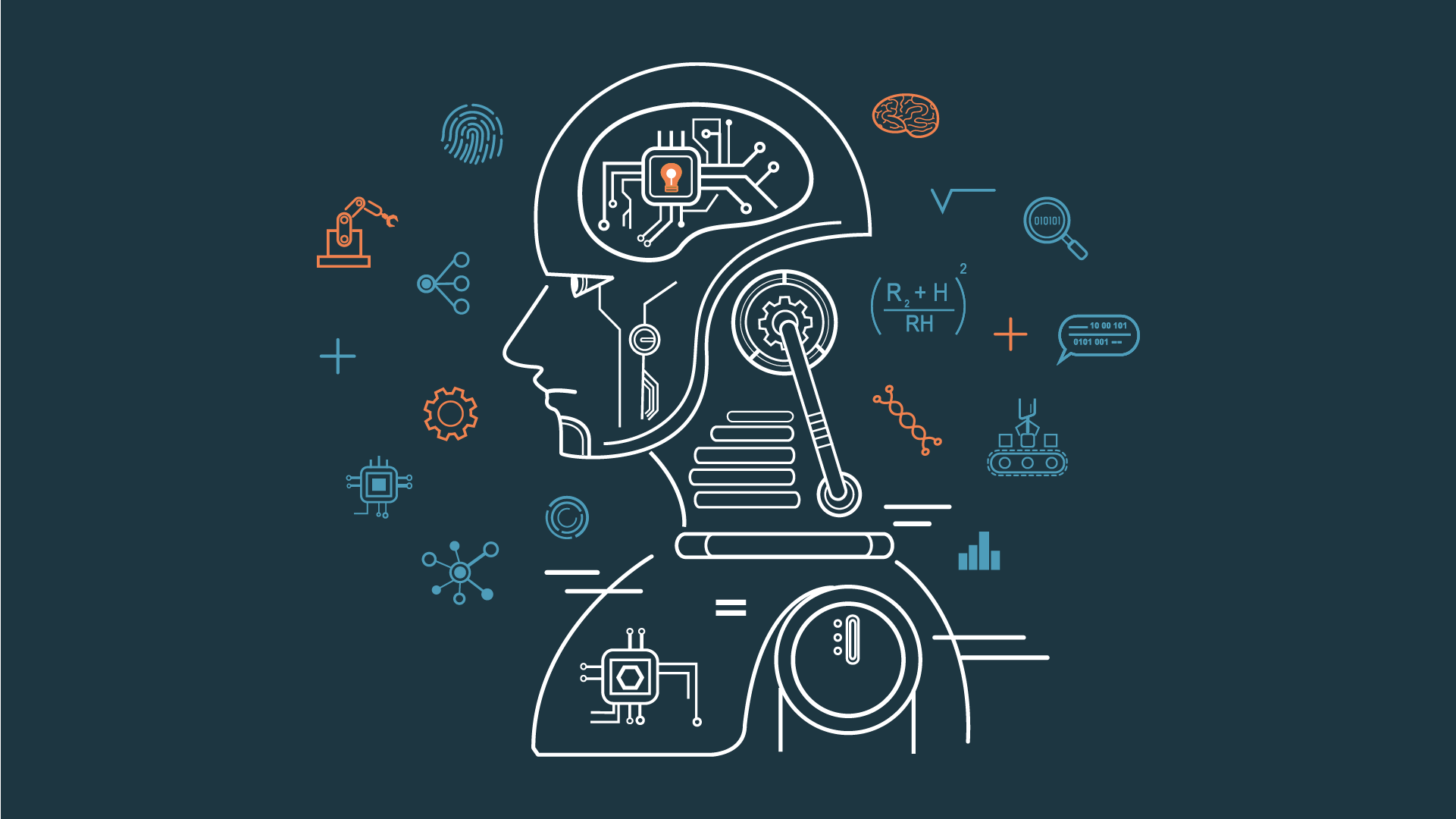MIT’s Improbable AI Lab, a group within its Computer Science and Artificial Intelligence Laboratory, combined three different kinds of instructions — language-, visual- and action-based — to teach robots how to perform multistep tasks with higher success rates than comparable training methods, according to a release from the institution.
The training framework, known as Compositional Foundation Models for Hierarchical Planning — HiP for short — can help robots not only make an impact in construction, but also perform feats in the manufacturing space as well as household chores, per the release.
Using the three different types of instruction parameters, robots can approach their “long-horizon goal,” or an overarching objective that involves completing many smaller steps first. Such tasks that humans take for granted include making a sandwich, brewing a pot of tea or moving materials into the proper place based on their appearance.
HiP’s process operates as a hierarchy, with the ability to pre-train each component on different datasets, including information outside of robotics, according to the release.
Each step is improved on by the next through a process called “iterative refinement” that allows HiP to reason about its ideas and take in feedback at each stage to generate a more practical outline, per the release. MIT likens this process to an author sending material to their editor, who then returns red ink and notes on the copy.
This marriage of AI and robotics is a trend that contractors are keeping a close eye on as 2024 progresses. While robots aren’t yet on jobsites everywhere, the technology to make it a reality is improving.
HiP isn’t the only type of AI-involved training for robots, either — researchers at the Toyota Research Institute are using a generative AI technique known as “diffusion policy” to teach their own robots how to perform complex feats.
Robots aren’t even the full limit of what AI is capable of in the construction industry. In addition to flashy applications, it could also help builders save time on email responses, searching for information about change orders via a chat application or automating designs.
Source: Construction Dive















